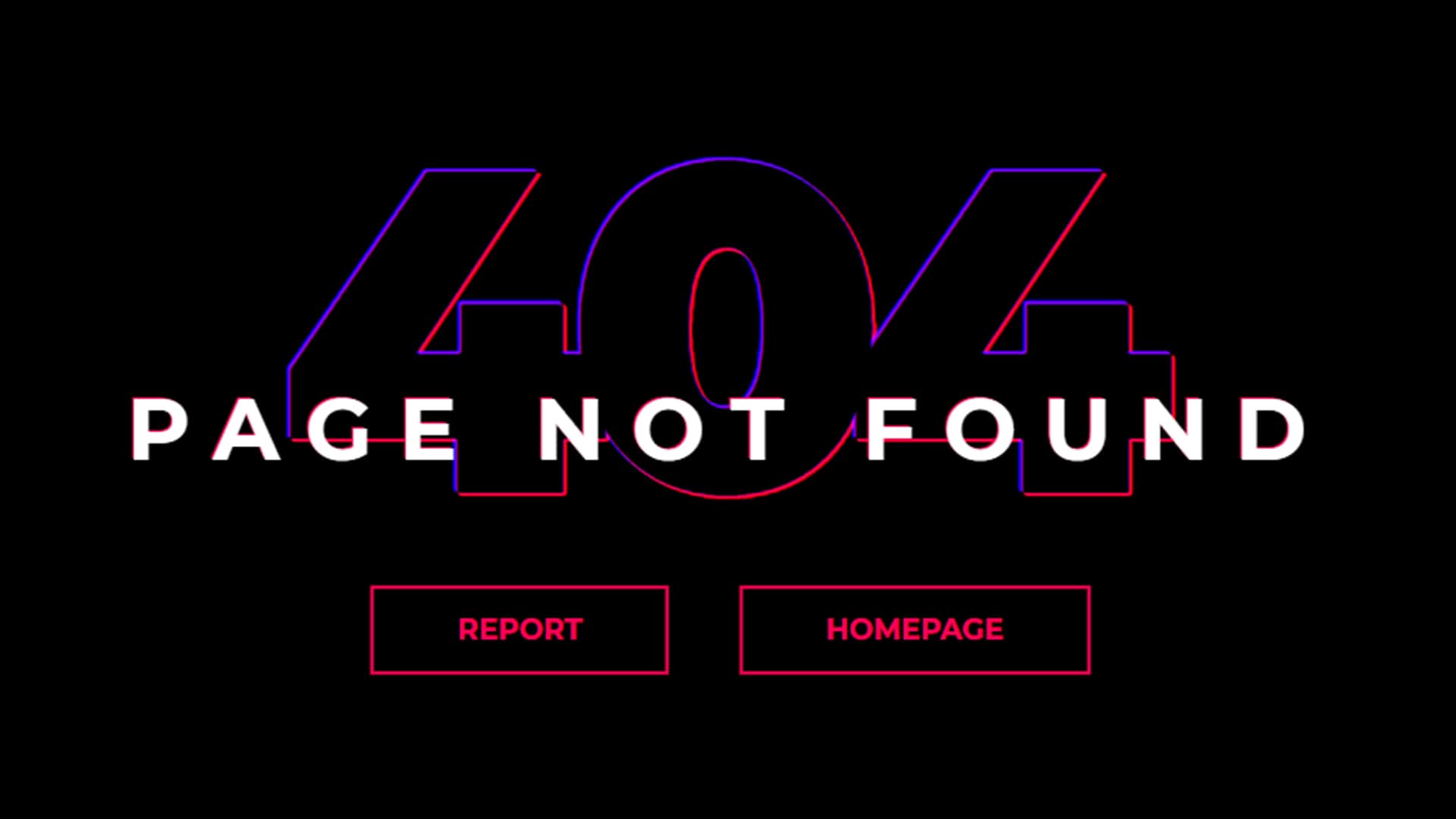
Prioritizing 404 Errorsīefore you start to panic after finding a 404 error, it’s important to recognize that not all 404 errors are created equally, and not all of them are absolute emergencies.įor example, if you have hidden broken links that are coming up as a 404 (error code) for a web crawler, but will probably never be encountered by a rogue user, you can afford to take your time in correcting the error. Google has a helpful guide for developers trying to create their own redirects, but I’ll cover the basics here.Įssentially, you’ll be reaching out to your hosting provider to create the necessary structures and traffic flows-for example, on Apache, you’ll be accessing your server’s. There are a few ways to do this, but the best way is with 301 redirects. This happens automatically on both fronts, so you never have to worry about either party coming face to face with a 404. Redirects tell users and web crawlers that the URL they’re trying to access is not directly valid, but instead should lead to a different page. If the 404 error in question is an old webpage that you’ve long since deleted, or if it’s the old URL for a page that you’ve updated, the best way to correct the error is to create a redirect. However, most of the time, a 404 error is the result of changing a URL or deleting an old page. If this is the case, and the problem URL should theoretically be live and accessible, you’ll have to perform a root cause analysis to track down the source of the problem and correct it.

For example, missing pages, not found error or if your blog is hosted separately, a web server problem could easily cause a 404 error to display for your visitors. Sometimes, a page may be down merely due to a technical issue. In these situations, it’s still a good idea to rectify the error-remember, your goal is to please both your user base and Google search crawlers.

Because Google’s crawlers are far more technical and reaching than the average user (who will only encounter 404 errors via site navigation or search results), you may find a handful of 404 errors for pages that will never be encountered by an average visitor.įor example, hidden links may be crawlable yet invisible to an average user.

There’s one caveat to using this tool, however. If a page is inaccessible but still has an indexed URL, it will produce a 404 error upon being accessed. Under this menu, you’ll find a list of any web pages on your site that Google believes should exist (either because of a sitemap or because they previously existed) that can no longer be accessed by Google’s crawlers.

Google Search Console (GSC) is one of the quickest ways to find 404 errors on your site.Īfter logging in, head to the Coverage tab and click on Crawl Errors.


 0 kommentar(er)
0 kommentar(er)
